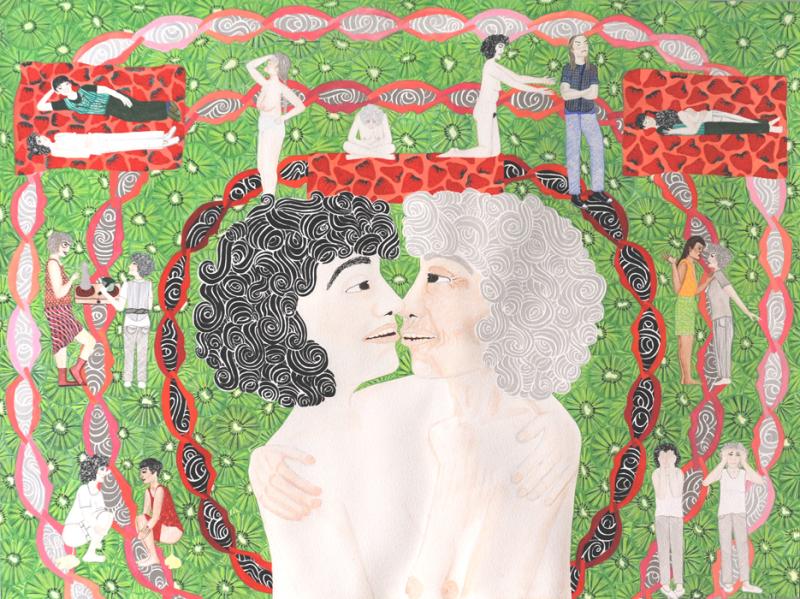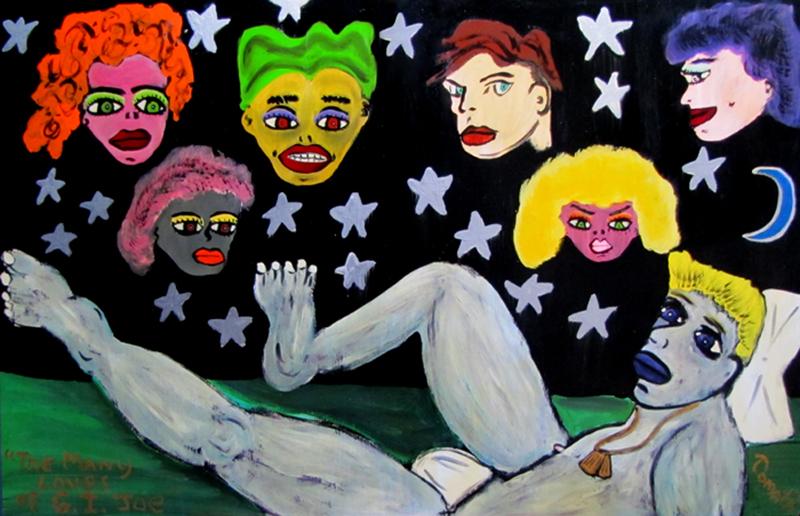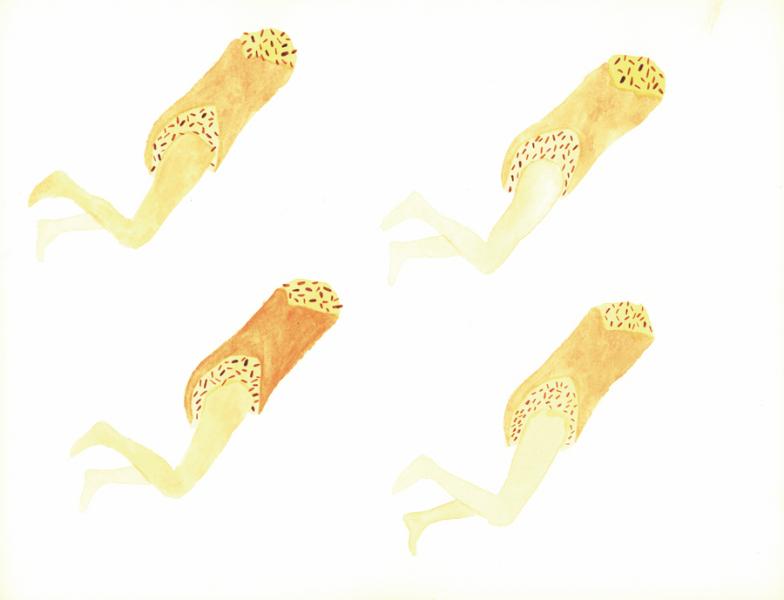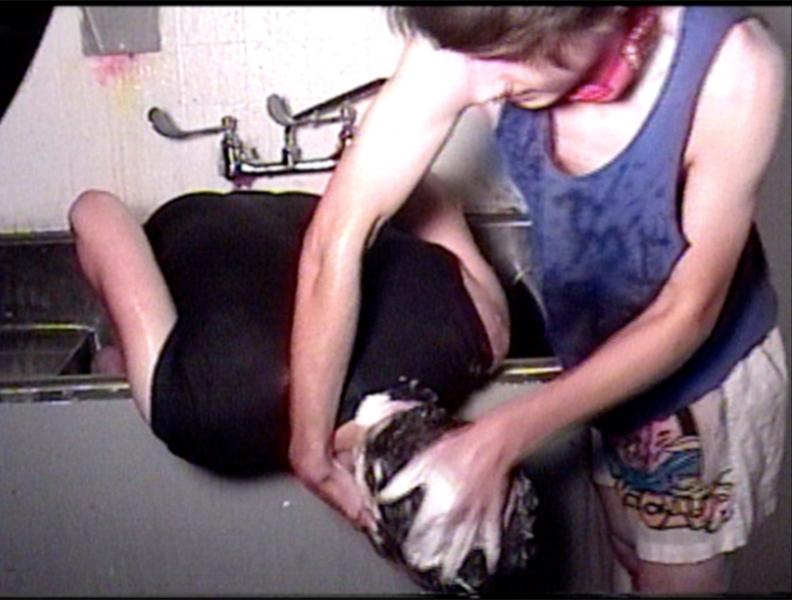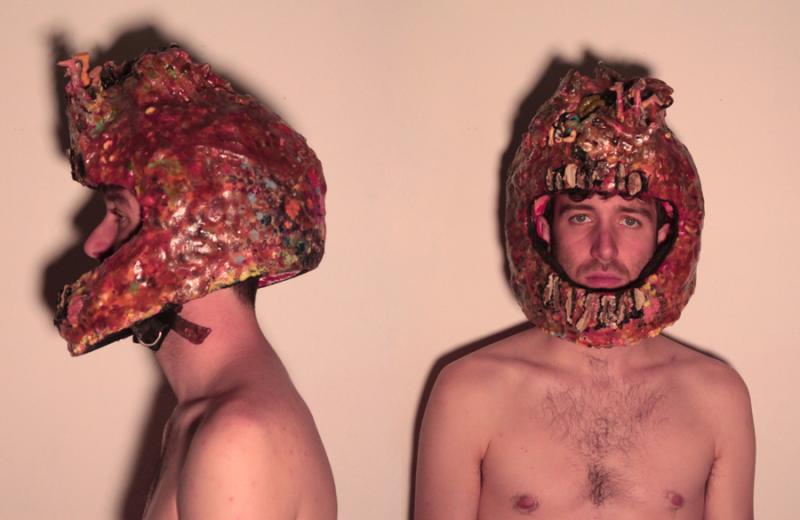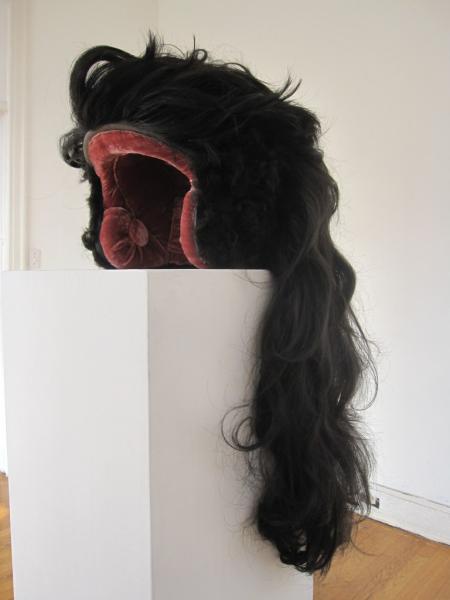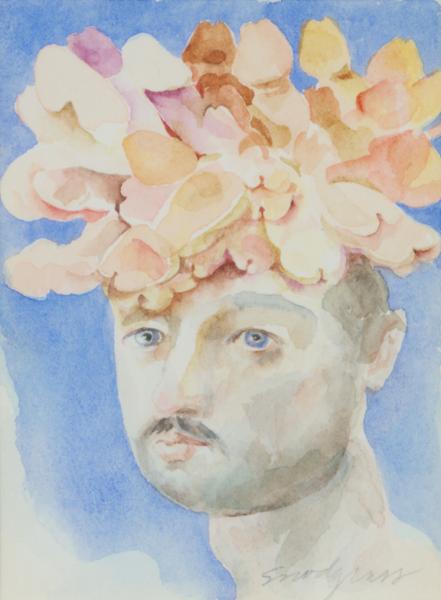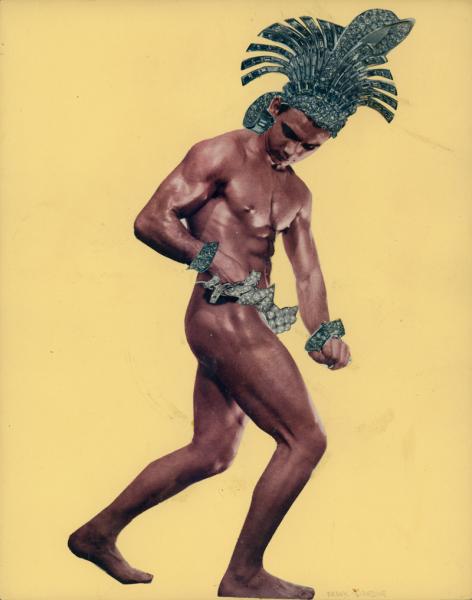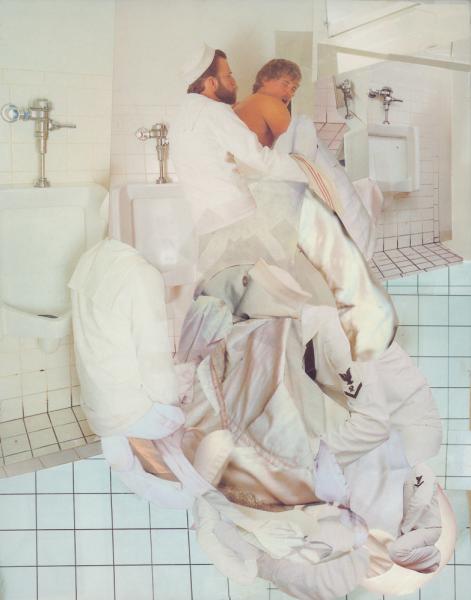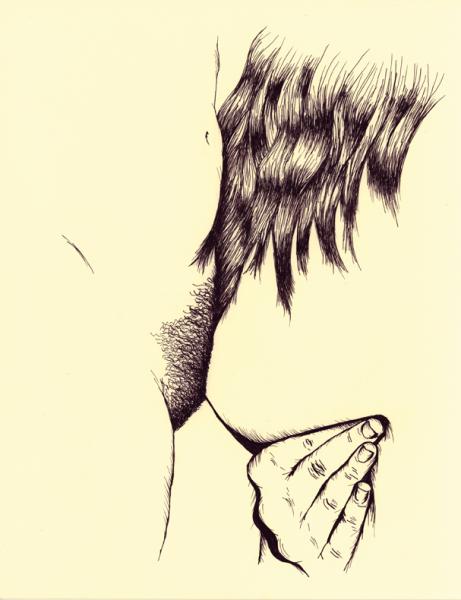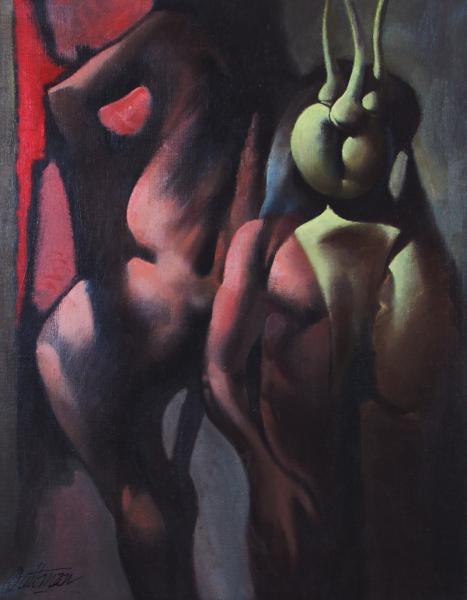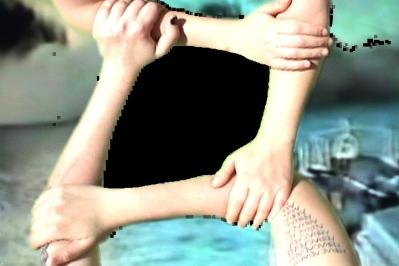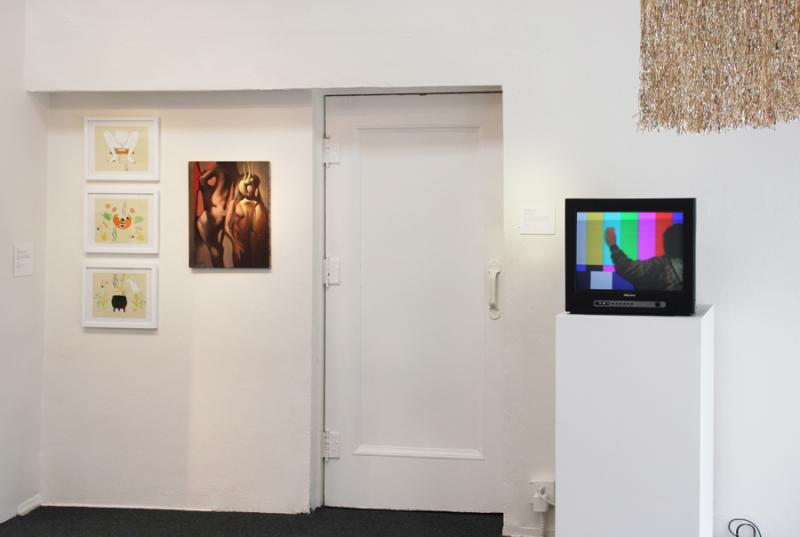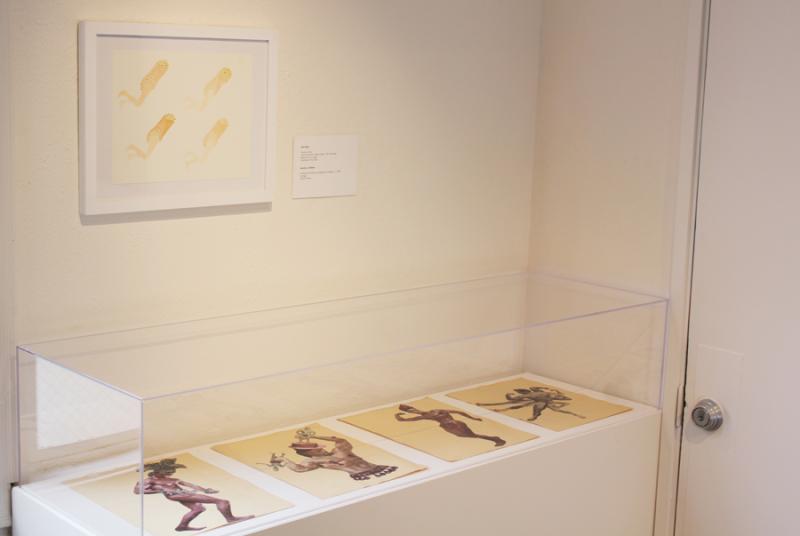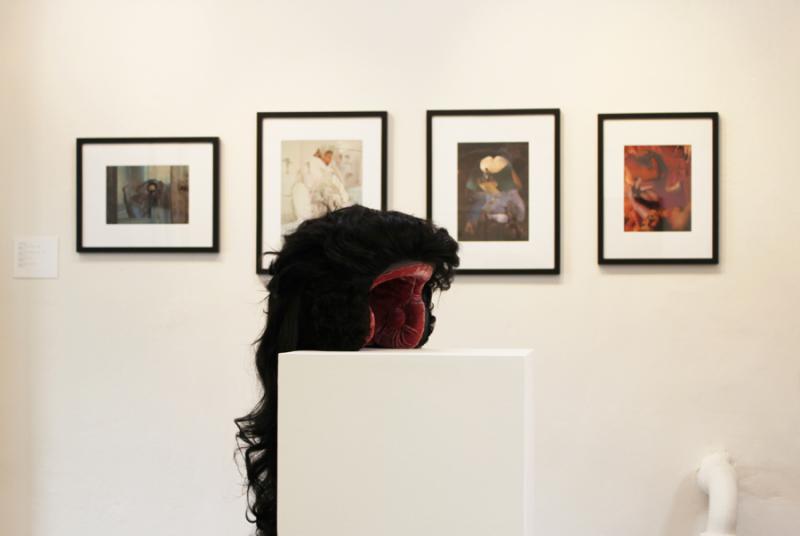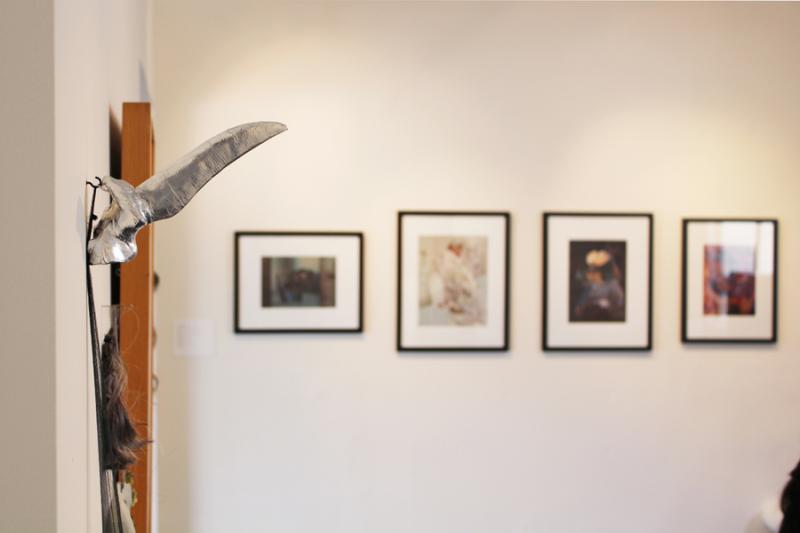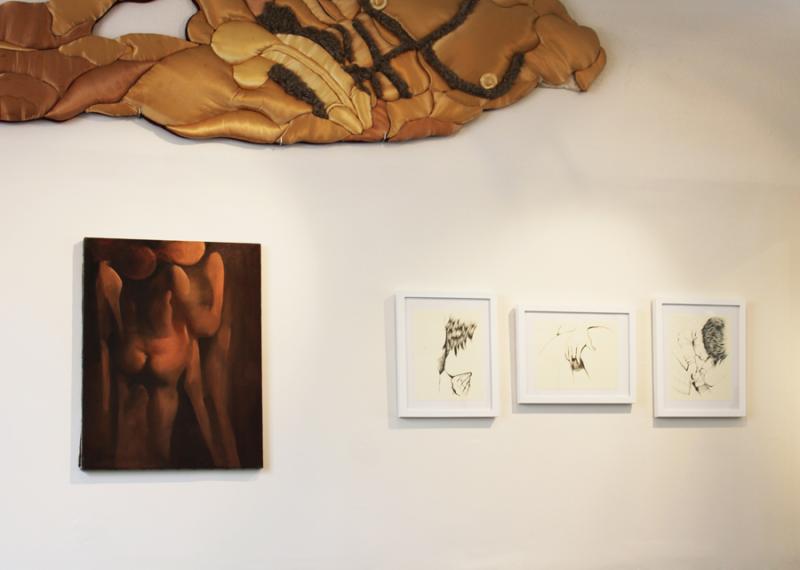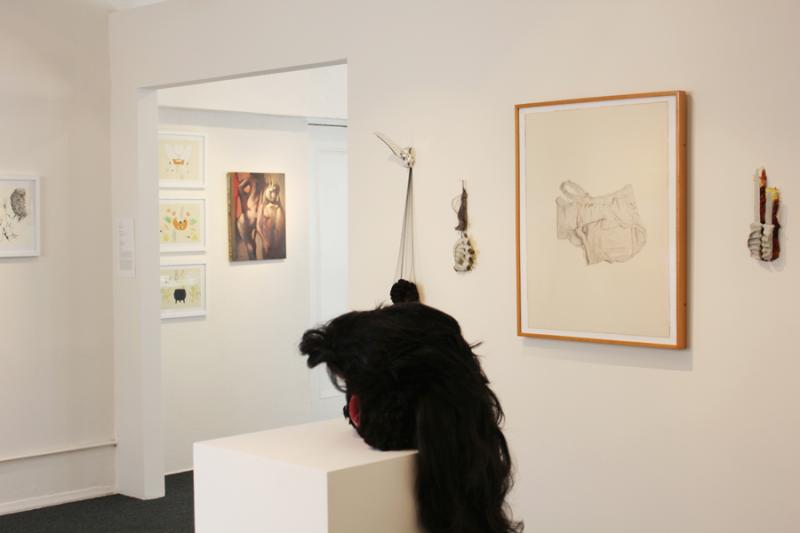Reception: Saturday, April 21, 2012, 5-8pm
ONE National Gay & Lesbian Archives presents Let Your Body In, an exhibition of work by contemporary queer artists alongside artworks and objects from the collections at ONE Archives. Participating artists include Maya Bookbinder, EMR (Math Bass & Dylan Mira), Aimee Goguen, Laurel Frank, Kim Kelly, and Lee Relvas. Additional pieces from the archives include works by Roger Campbell, Harold L. Dittmer, G.N., Olaf Odegaard, Tomata du Plenty, John Quitman, and James Snodgrass. The exhibition explores creative approaches to activating the body and playful ways of engaging with queer histories and culture.
As a follow-up to ONE Archives’ Pacific Standard Time exhibition Cruising the Archive: Queer Art and Culture in Los Angeles, 1945-1980, which presented works of art alongside archival items culled entirely from the collections at ONE, this exhibition looks at artworks outside a strictly historical context, allowing new interpretations for queerness to emerge between the contemporary and archival. Let Your Body In includes works by artists presented in Cruising the Archive, as well as pieces by artists that did not make the Pacific Standard Time exhibition. As such, Let Your Body In is another opportunity for the public to engage with ONE Archives’ extensive collections.
Emphasizing queer-feminist perspectives, the contemporary artists included in Let Your Body Inskew the gender division in collections at ONE, especially the art collection, which predominates with depictions of men by men. Building from this under-representation in the archives, Let Your Body In strives to complicate the viewer’s ability to discern the historical from the contemporary, with the hope that bringing together these works will point to the complexities of queer identity, both past and present, while hinting toward futures possibilities.
Lee Relvas’ series “You Make Me Feel Plenty” explores kinship structures, both experienced and imagined. Built through feelings of scarcity and abundance, loneliness and community, Relvas’ work reflects on her participation in various and overlapping DIY, feminist, queer and friendship networks.
“Night Pages: The Paintings,” a series by Kim Kelly, is based on a late night project with artist Dylan Mira in response to the lack of W4W listings on craigslist.org. Based on Kelly and Mira’s shared aesthetic sexuality, these paintings, cast out into the interweb, attempt to elicit responses from like-minded “women.”
Maya Bookbinder’s series “Lesbians Illustrated: How and Why” is loosely inspired by pornographic books from the 60′s and 70′s disguised as sexual education for adults on lesbians. These publications were intended to titillated readers by exploring how such women got “that way” and how they perform.
Laurel Frank’s sculptures speak to the process by which ordinary film set decoration can be elevated to prop status by magical chance in the ritual choreography of narrative. Beginning with the materials that are used in a prop shop – clay, cardboard, glue – she creates the basic forms of the objects, taking care to leave handprints, exposed edges, and other clues to the physical process by which the objects come into being. By injecting humor and lyricism into her materials and their synthesis, Frank creates objects that are, in fact, no longer props but beings unto themselves.
The video Somethings Gonna Soon by EMR (Extreme Mature Respect), a collaboration between Math Bass and Dylan Mira, is a sigil, a magic sex symbol abstracted from the words TRUST ME (NOT) TO HURT YOU that is spread across rituals of the beast.
Aimee Goguen’s videos explore psycho-sexuality, falsification of memory, and the abject using role-playing and absurdist theatre. A helmet used in her experimental narrative Lets Talk About Cars will also be exhibited as both a performative relic and sculptural object.
Works pulled from the archives include paintings by Tomata du Plenty, James Snodgrass, and G.N, which playfully depict male bodies. Roger Campbell’s hyperrealitisic drawing of a pair of underwear meticulously records the object’s use by highlighting its tears, stains, and fraying edges. A small painting by John Quitman depicts multiple bodies verging together into almost entirely abstract, organic forms. Collages assembled from gay pornography by Olaf Odegaard disrupt the viewer’s apprehension of scale and space, producing complicated, sometimes abstract, compositions. Humorous collages by Harold L. Dittmer combine physique photographs with images of women’s jewelry cut from advertisements, adorning muscular male bodies with a campy sensibility.


